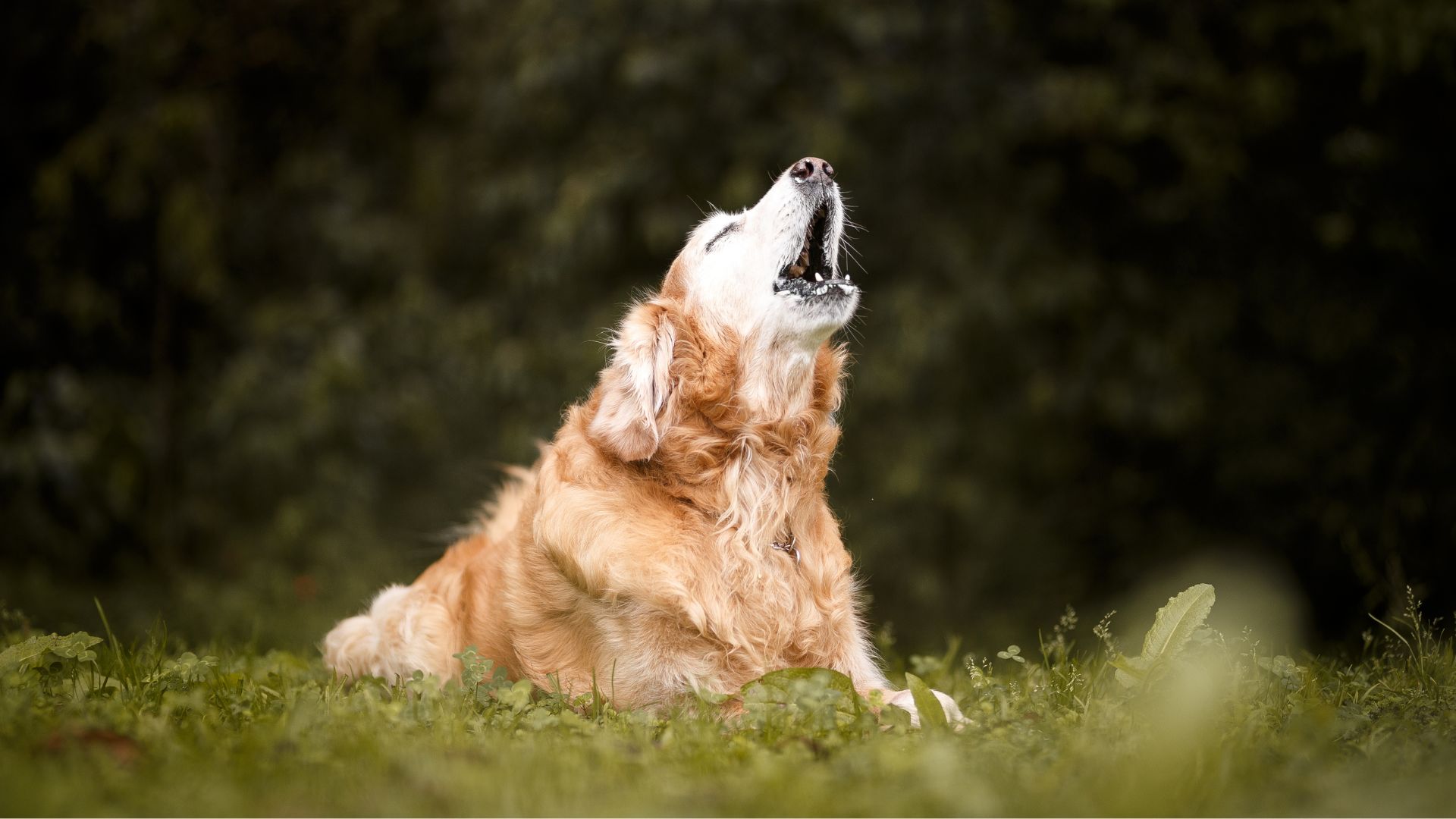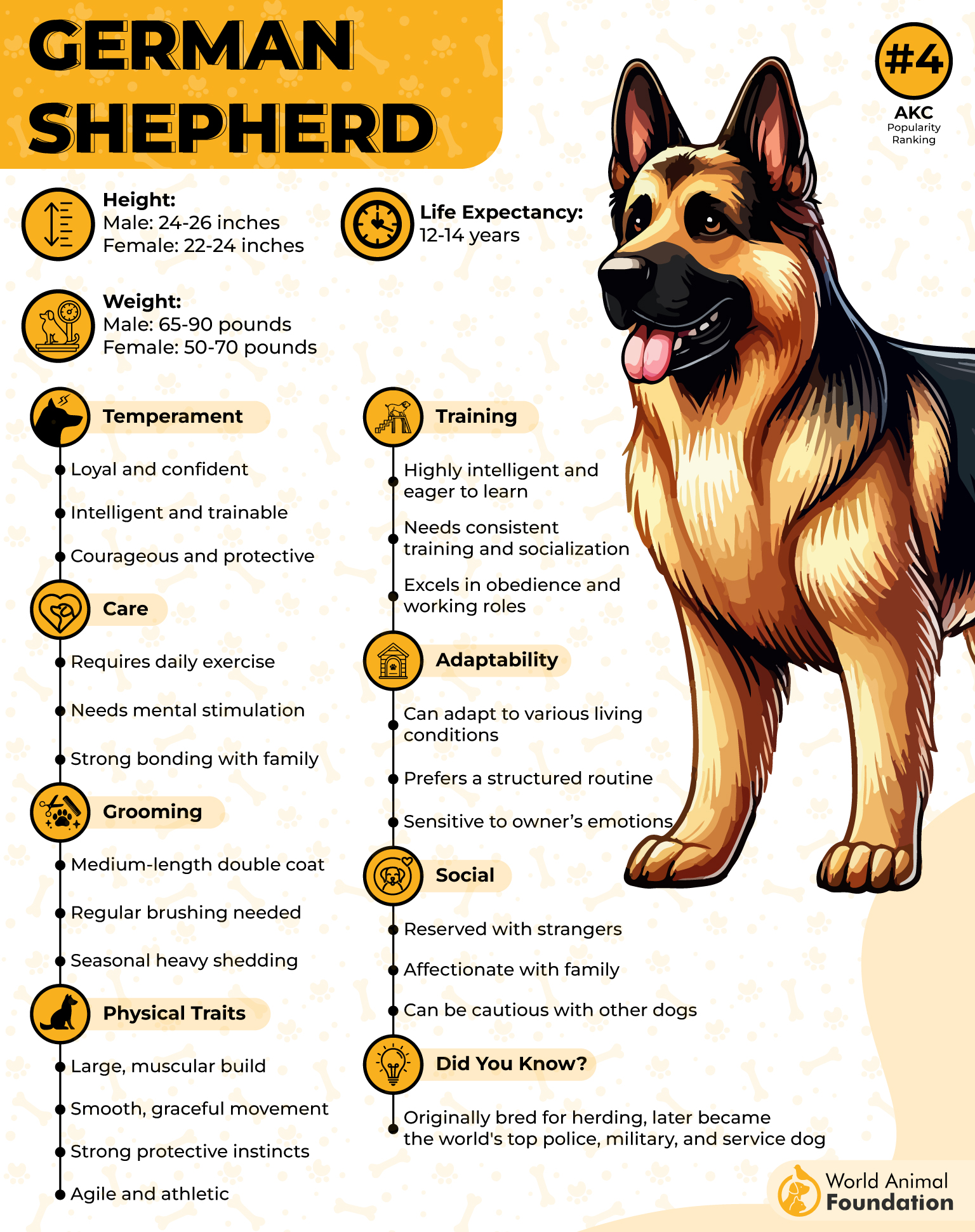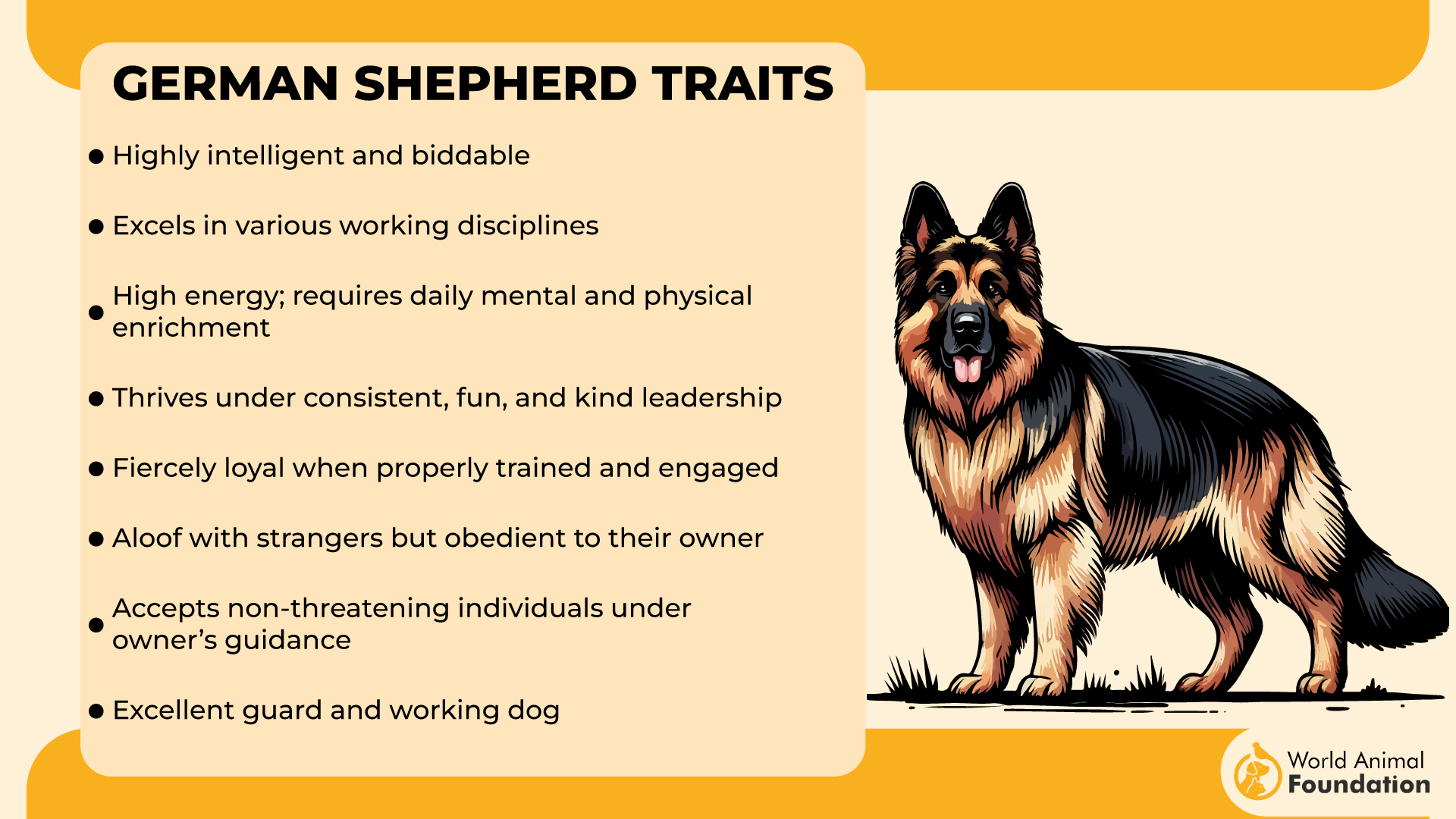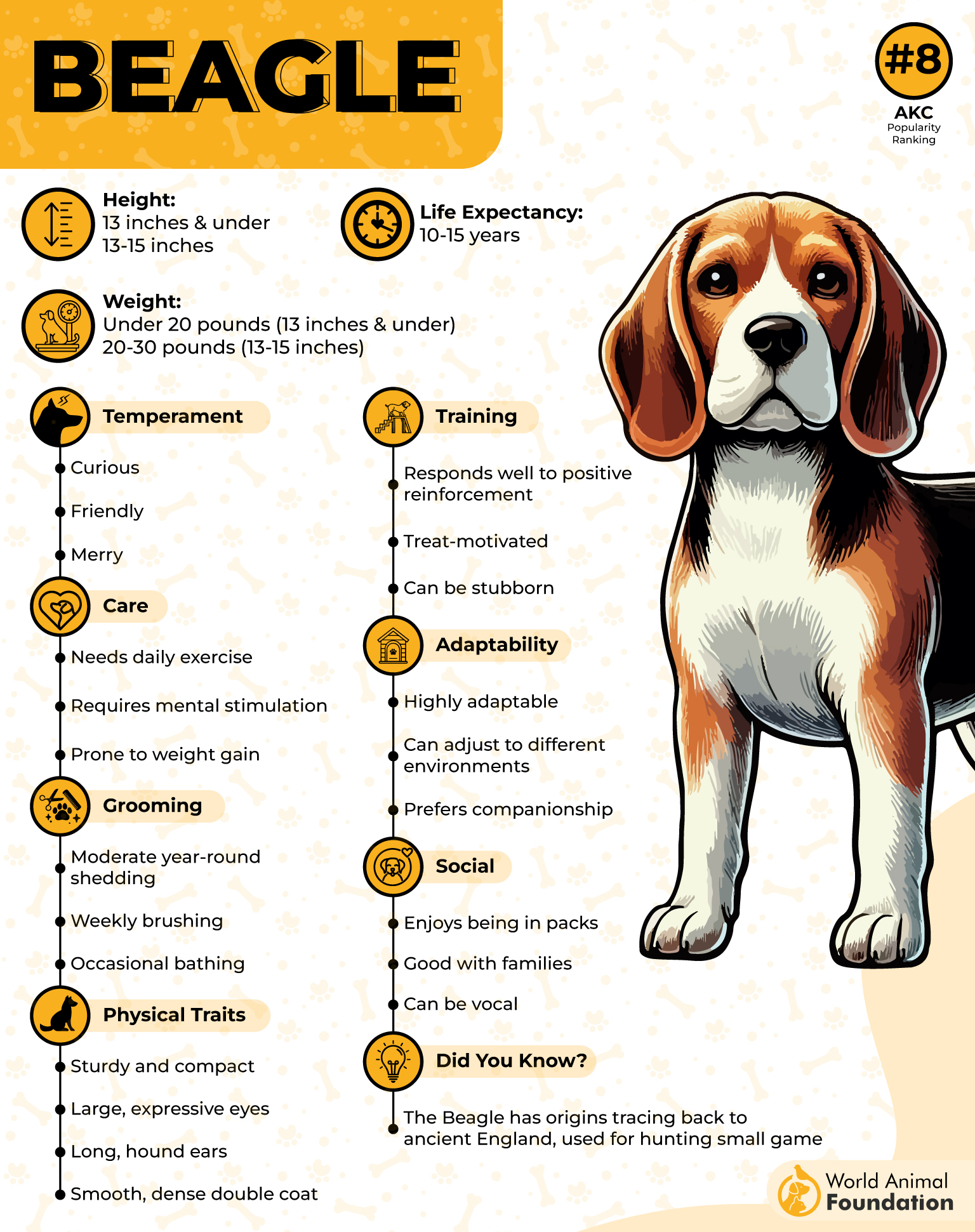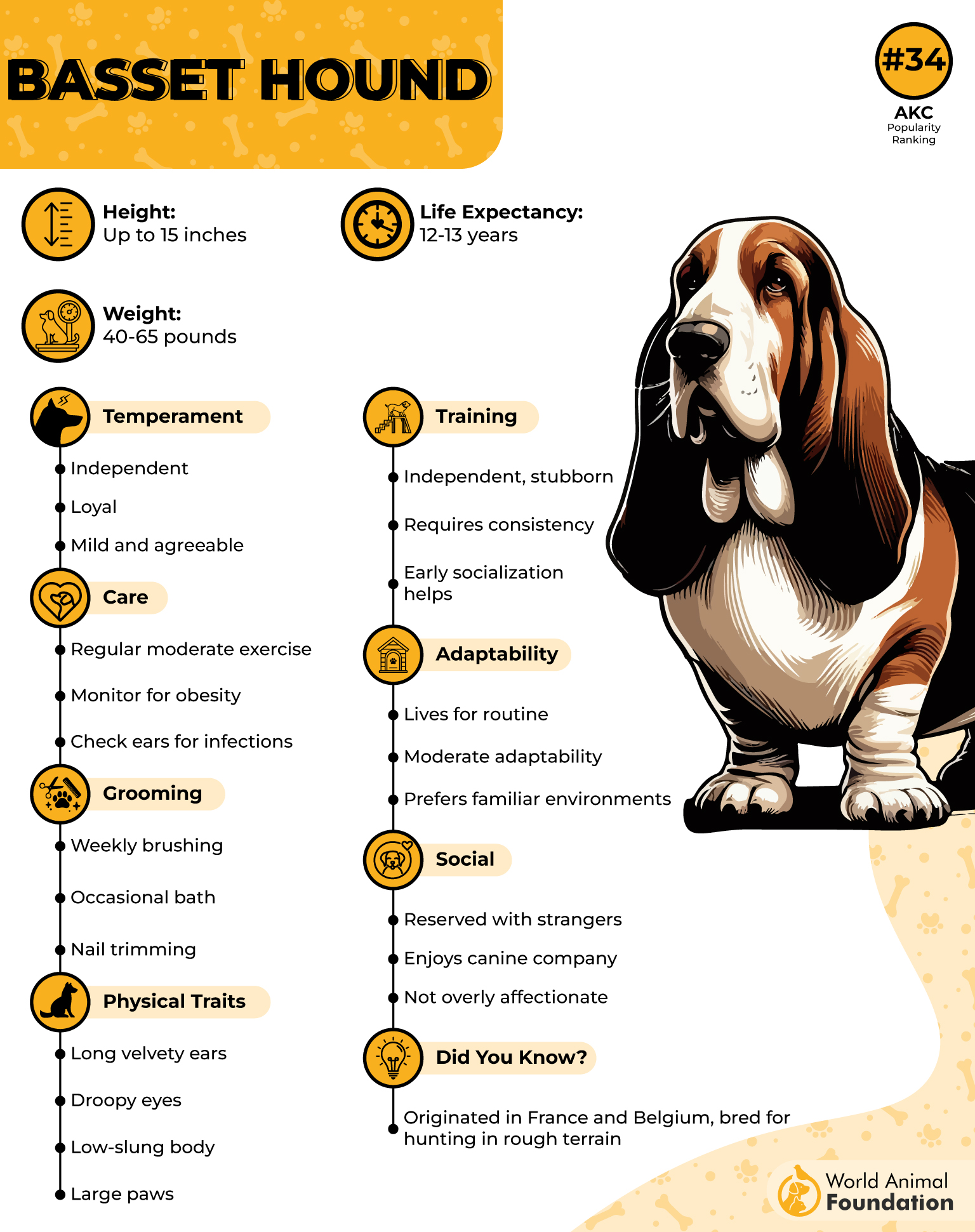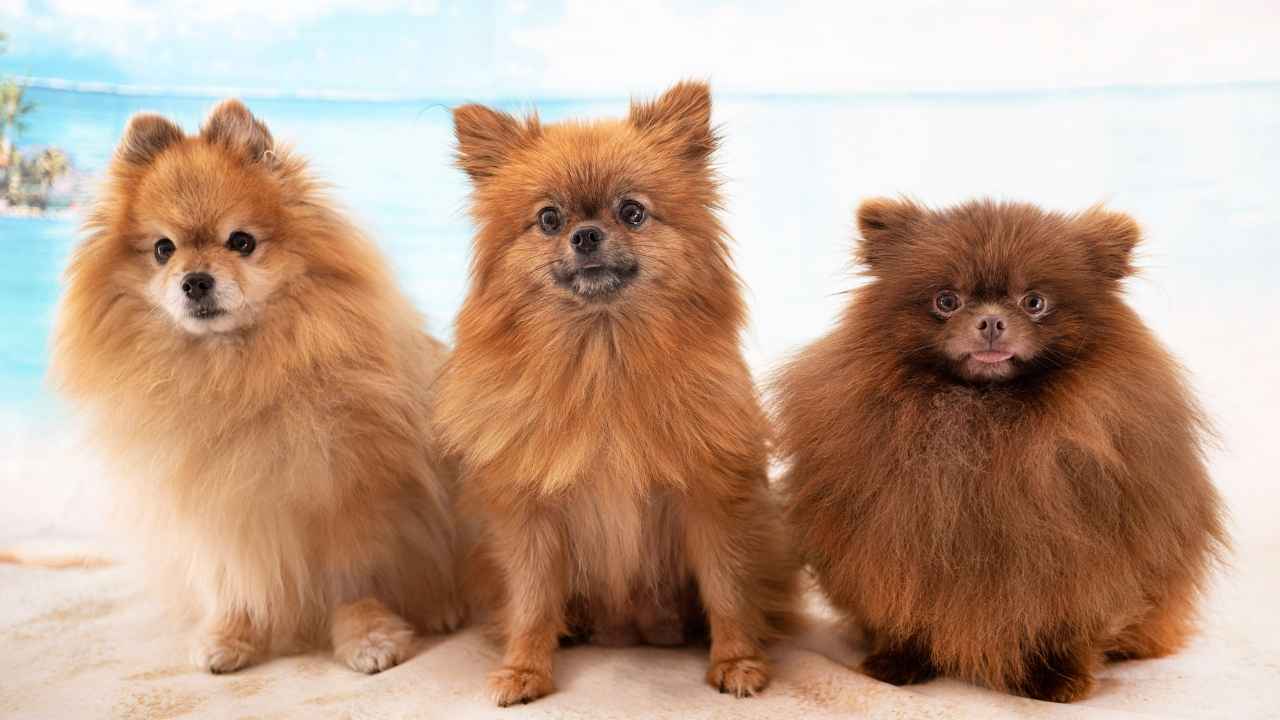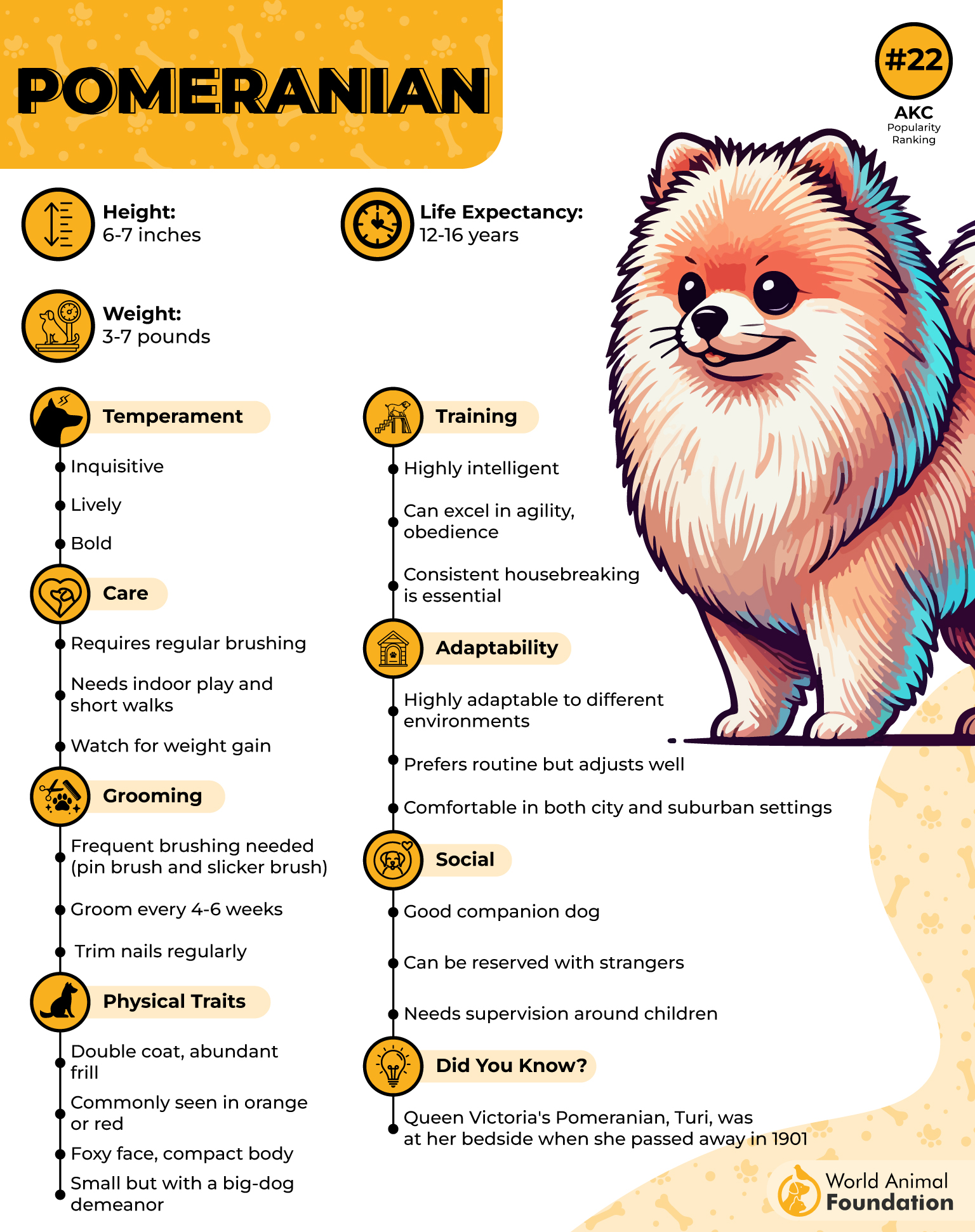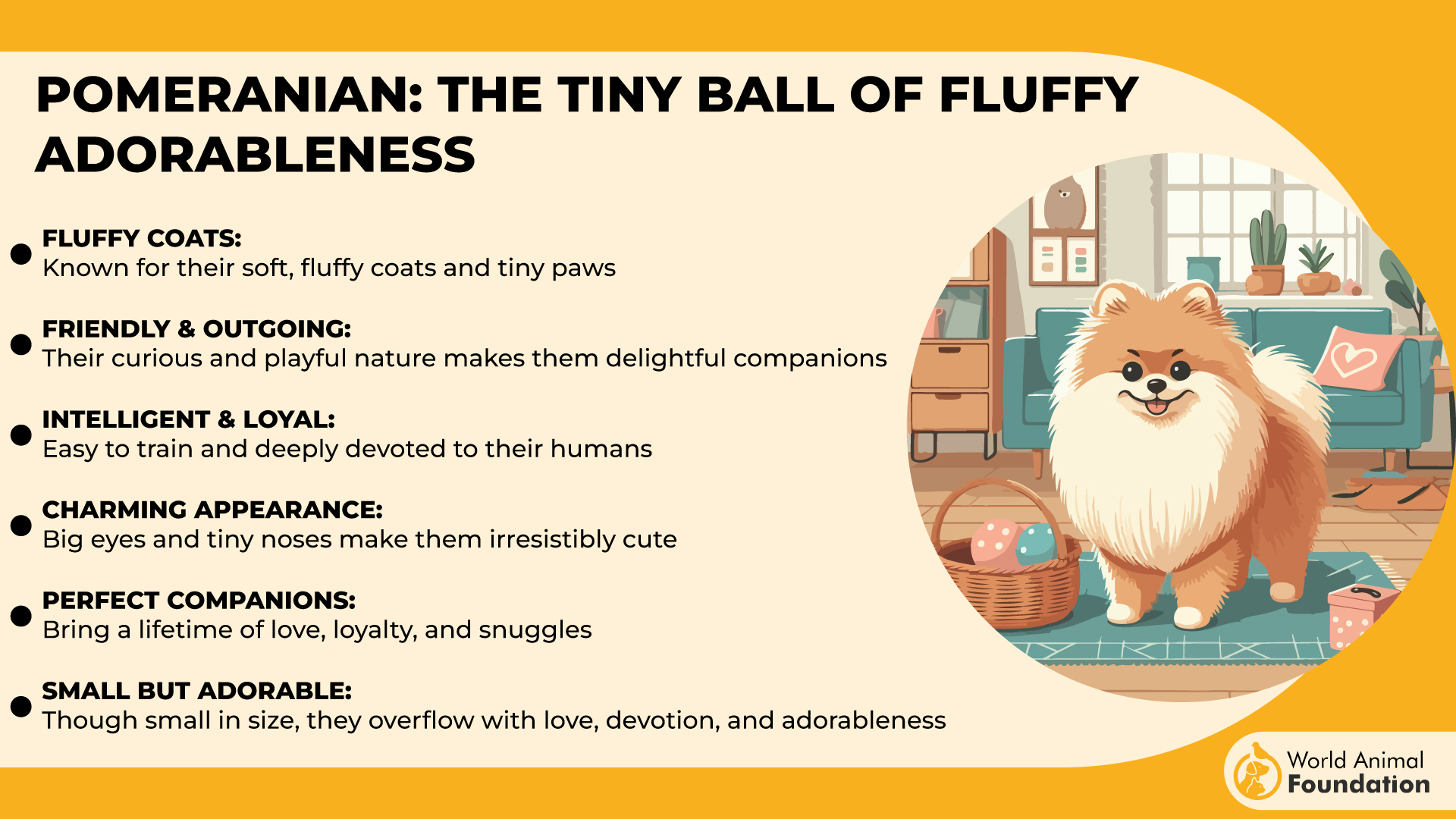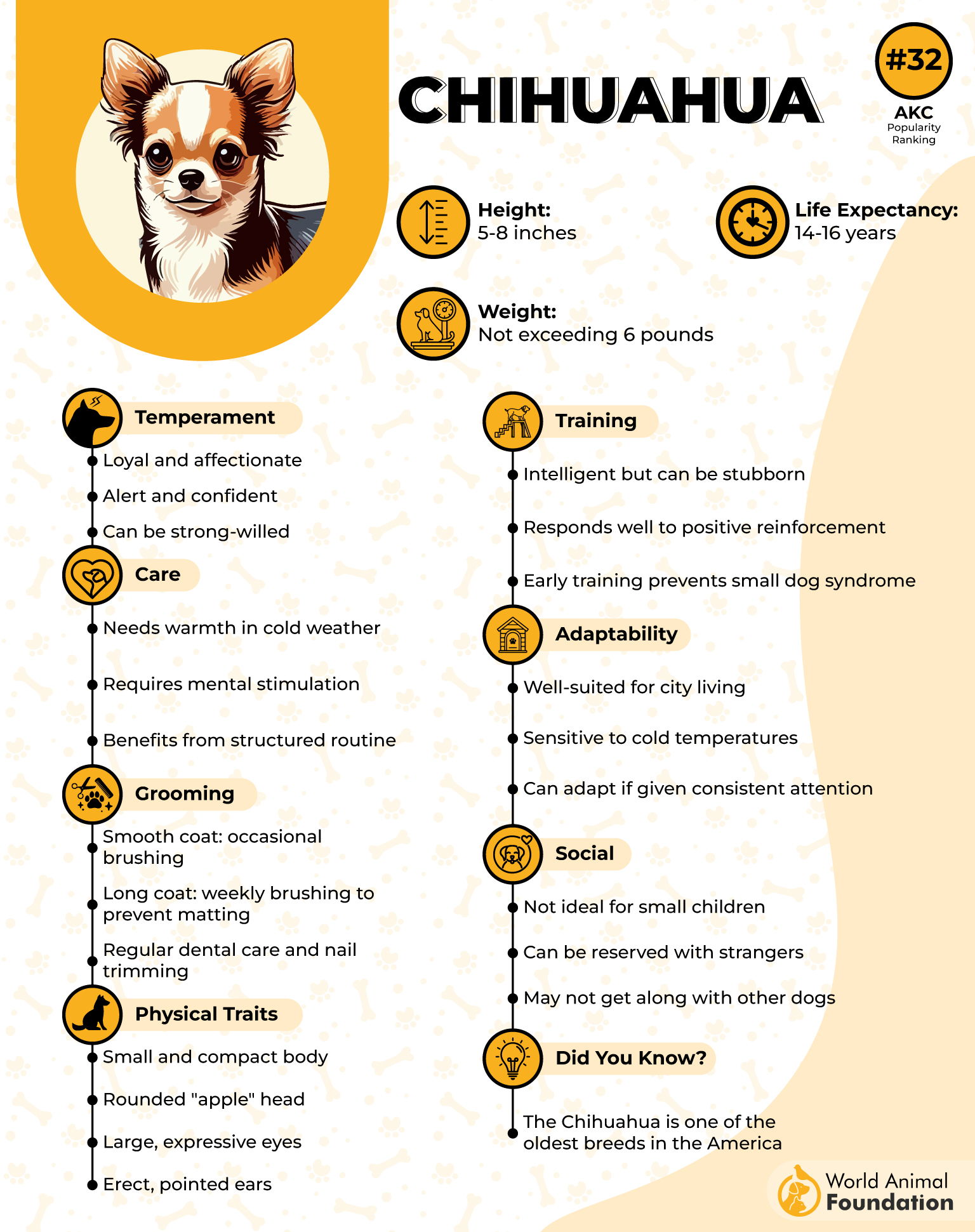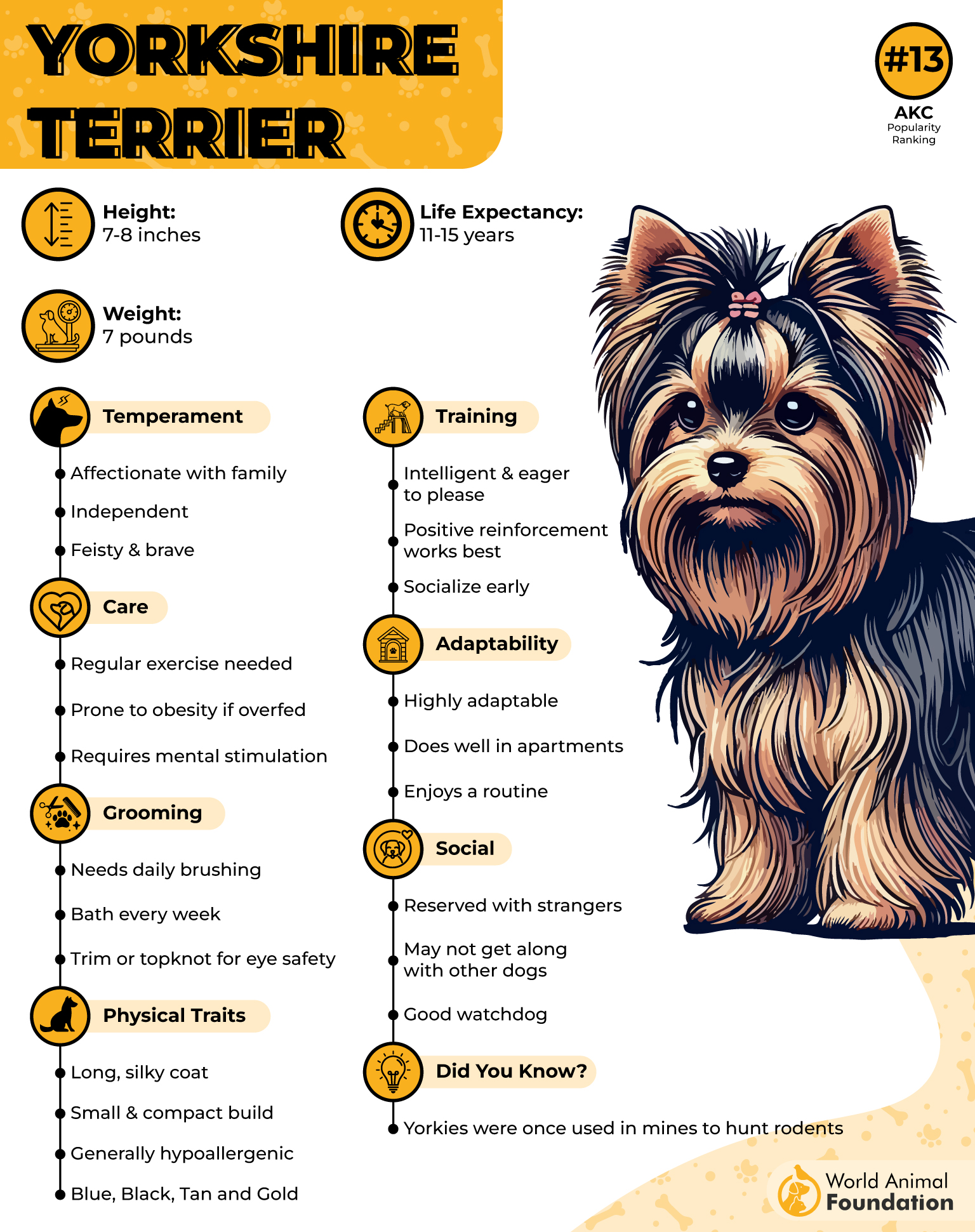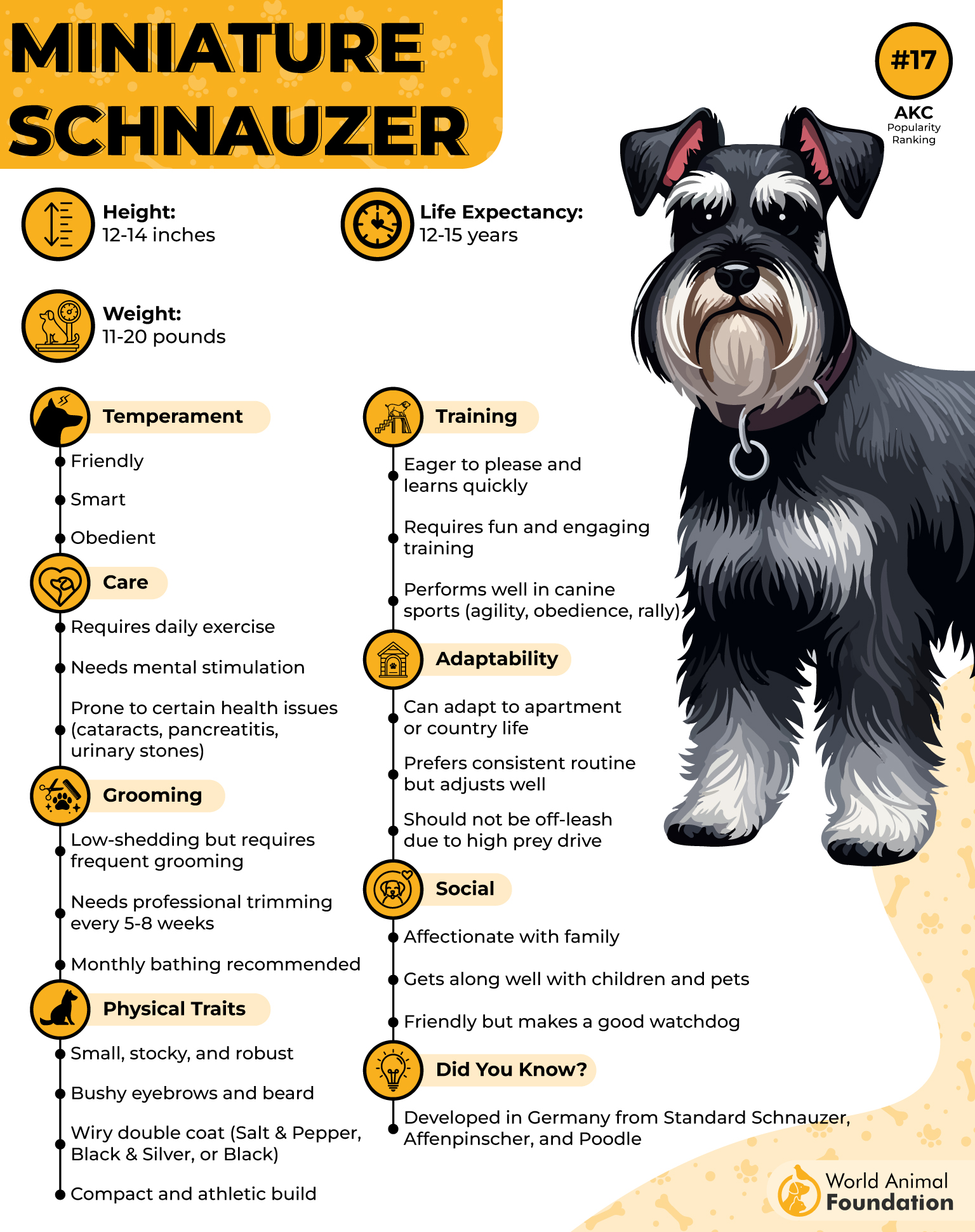If you’ve ever walked past a yard and been startled by a sudden chorus of barks, you might have wondered which dog holds the title for the loudest bark. Our canine companions come in all sizes and temperaments, but some breeds are especially known for their vocal abilities. Whether it’s guarding their territory or simply talking back to their humans, these breeds showcase impressive vocal ranges. In this exploration of the nine highest barking dog breeds, we delve into the world of woofs and howls to reveal which one takes the crown as the loudest.
So, you want a dog that speaks its mind? Or maybe you’re just wondering which breeds could double as a four-legged alarm system. Either way, you’re in for a treat (and probably a lot of noise). Some dogs are chatterboxes, and when they bark, oh boy, they make sure the whole neighborhood knows it.
Maybe you love the idea of a talkative pup keeping you company. Or maybe you’re here to avoid bringing home a tiny tornado of sound. Either way, knowing which breeds love to bark the most can save you a lot of surprises.
Get ready—because these dogs have a lot to say. And once they start, good luck getting them to stop! Let’s meet the loudest pups in the dog world. Who’s your guess for the top spot?
Highest Barking Dog Breeds
1. Siberian Husky
Siberian Huskies don’t just bark—they talk. Their howls, chirps, and dramatic “conversations” can be heard from miles away. If you’ve ever heard a Husky argue, you know they never back down!
These social butterflies love being around their humans and other dogs. But if left alone too long, get ready for a full-blown opera—they hate being ignored. Their pack mentality runs deep, making them affectionate but also quite mischievous.
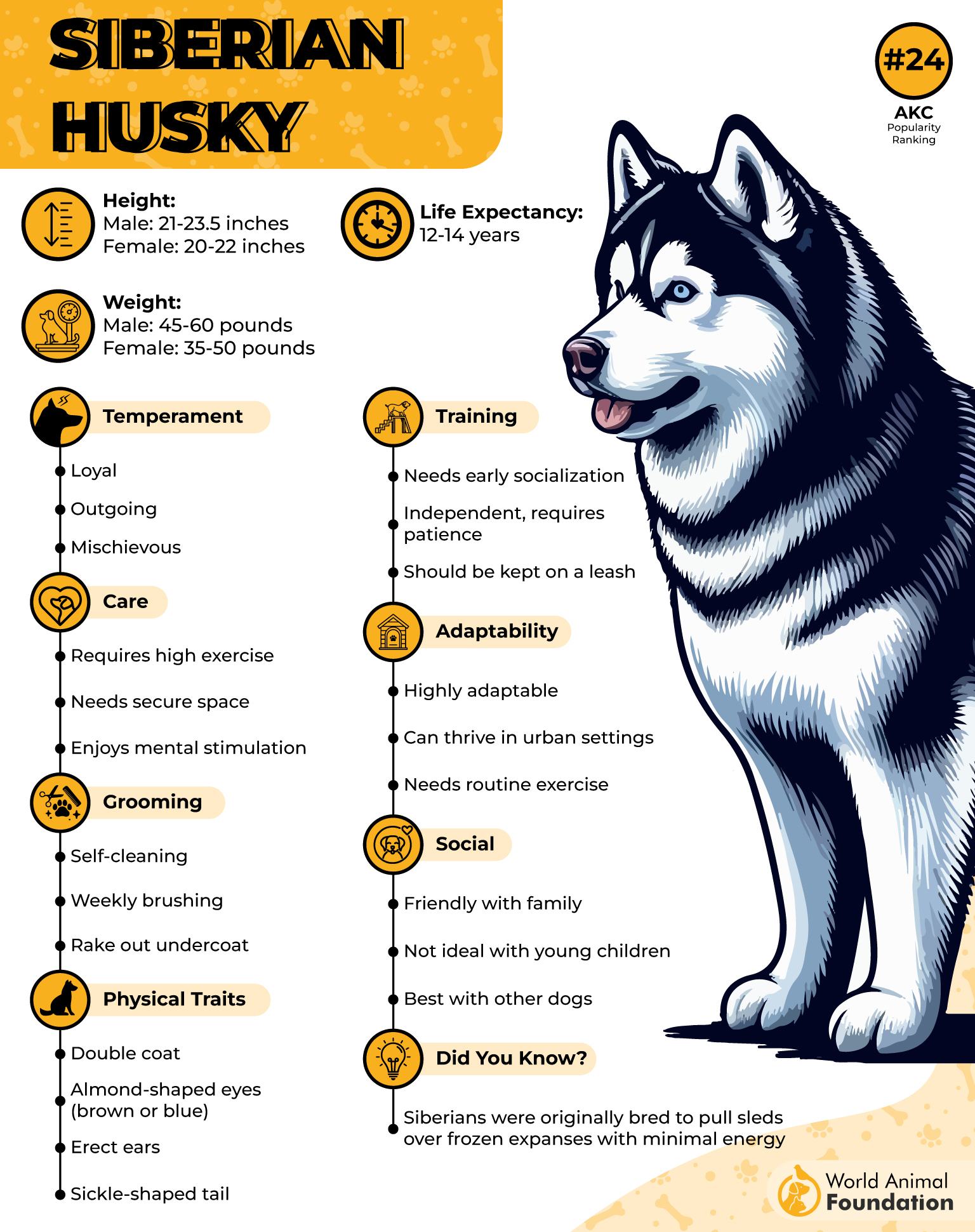
An intimidating bark? Not really. Huskies sound more dramatic than threatening. They might howl like wolves, but deep down, they’re softies. Don’t expect them to guard your house—they’re more likely to welcome strangers with a wagging tail.
Energy levels? Through the roof! According to PetMD, without enough exercise, they’ll turn your home into a racetrack. A bored Husky is a loud, destructive one—think chewed-up shoes and howling protests.
That thick, beautiful coat? It sheds everywhere. Twice a year, they “blow” their fur, leaving enough fluff behind to build another dog. If you don’t like vacuuming, Huskies might not be for you.
They have a strong prey drive, so smaller pets, beware! If they spot a rabbit or cat, their instincts kick in. They weren’t bred to chase other animals, but try telling them that when a squirrel runs by.
Despite the chaos, Huskies are pure-hearted adventurers. They’re stubborn, loud, and always full of surprises. But once they love you, they love you forever.
2. German Shepherd
German Shepherds are renowned in the canine world for their intelligence and versatility. They excel in roles like police work, search and rescue, and service assistance.
Their protective nature makes them excellent guard dogs, often alerting owners to potential threats with their distinct bark. However, without proper training, they may bark excessively, especially if bored or anxious.
Early socialization is crucial to prevent unwanted behaviors. Introducing them to various environments and experiences helps them remain calm and reduces unnecessary barking.
Compared to other breeds, German Shepherds require ample mental and physical stimulation. Regular exercise and engaging activities can curb excessive barking and keep them content.
According to the American Kennel Club, their loyalty and courage are unmatched, making them dependable companions. With consistent training, they can differentiate between real threats and everyday occurrences, ensuring they don’t bark unnecessarily.
While they are naturally protective, it’s essential to channel this trait appropriately. Positive reinforcement techniques can teach them when it’s appropriate to bark and when to remain quiet.
So, German Shepherds are devoted and alert dogs. With proper guidance, their barking can be managed effectively, making them both loving pets and reliable protectors.
3. Beagle
Beagles are small dogs with a big voice, known for their expressive vocalizations. They have three distinct sounds: a standard bark, a baying howl, and a half-baying howl, each serving different purposes.
Their baying howl is particularly notable, often used when they catch an intriguing scent or spot potential prey. This instinctual behavior harks back to their history as hunting companions.
Beagles are naturally vocal dogs, and their tendency to bark a lot can be attributed to their alert and curious nature. They may vocalize to express excitement, alert their owners, or communicate with other dogs.
Their friendly and affectionate disposition makes them wonderful family pets. However, their vocal nature means they might not be the best fit for those seeking a quiet household.
Training and socialization from an early age can help manage their barking tendencies. Engaging them in regular activities and providing mental stimulation can reduce unwanted vocalizations.
Beagles have a strong sense of smell and curious nature, often leading them to follow scents with determination. This trait, while endearing, can sometimes result in them wandering off if not properly supervised.
Despite their occasional stubbornness, Beagles’ affectionate nature and playful energy make them cherished companions for those who appreciate an active and vocal pet.
4. Basset Hound
Basset Hounds, with their droopy ears and soulful eyes, are more than just a charming face. Originally bred in France for hunting small game like rabbits, their exceptional sense of smell is second only to the Bloodhound.
Despite their laid-back demeanor, Bassets are known for their deep, resonant voices. Their distinctive bark and howl were essential in alerting hunters during a chase.
Purina mentioned that these dogs are generally calm and affectionate, making them great family companions. However, their vocal nature means they can be quite expressive, especially when seeking attention or reacting to unfamiliar situations.
Bassets possess a strong pack instinct, often forming close bonds with their human families. This attachment can lead to separation anxiety if left alone for extended periods, sometimes resulting in excessive barking or howling.
Their stubborn streak can make training a bit challenging. Consistent, positive reinforcement methods are key to managing their behavior and curbing unwanted vocalizations.
Regular exercise is essential for Bassets, not only to maintain a healthy weight but also to keep them mentally stimulated. A bored Basset may resort to vocalizing or other undesirable behaviors to entertain themselves.
While they may not have been herding dogs, Basset Hounds’ protective instincts are evident. They are alert and will use their vocal talents to inform their families of any unusual happenings, showcasing their role as both companion and watchdog.
5. Dachshund
Dachshunds, with their distinctive long bodies and short legs, are among the noisiest dogs. Despite their small size, they possess a loud bark that often surprises those unfamiliar with the breed.
Bred in Germany for hunting badgers, their name literally means “badger dog.” This background contributes to their tenacious and alert nature.
Their loud bark served a purpose in hunting, allowing them to alert their handlers when they had cornered prey. Today, this translates to a tendency to vocalize at perceived intruders or unfamiliar noises.
Dachshunds are known for their stubbornness, which can make training a challenge. Consistent, positive reinforcement is key to managing their behavior and reducing unwanted barking.
Their keen sense of smell and curiosity often lead them to follow scents, sometimes resulting in excessive barking when they detect something intriguing. Providing mental stimulation can help keep them occupied and less prone to vocal outbursts.
Despite their independent streak, Dachshunds form strong bonds with their families. This loyalty can sometimes manifest as protective behavior, leading to barking at strangers or unfamiliar animals.
Regular exercise and socialization from a young age can help channel their energy positively. Engaging them in activities that cater to their hunting instincts, like scent games, can also be beneficial.
6. Pomeranian
Pomeranians, though petite, possess a surprisingly robust voice. Their booming bark often catches newcomers off guard, given their small stature.
These lively companions are known for their high energy levels. Regular play sessions and mental stimulation are essential to keep them content and well-behaved.
Their compact size makes Pomeranians well-suited for apartment dwellers. However, their vocal nature means training is crucial to ensure they don’t become a noise concern in close quarters.
Despite their diminutive size, Pomeranians are known for their bold and curious personalities. They often exhibit a sense of self-importance, making them delightful and sometimes sassy companions.
Their thick double coat requires regular grooming to maintain its lush appearance. Routine brushing helps prevent matting and keeps shedding under control.
Pomeranians are intelligent and eager to learn, which can make training both a rewarding and necessary endeavor. Early socialization and consistent guidance help channel their energy positively.
While they thrive on human interaction, Pomeranians can develop separation anxiety if left alone for extended periods. Providing them with engaging toys and ensuring they have company can alleviate this issue.
7. Chihuahua
Chihuahuas, though diminutive in size, are known as one of the barkiest dog breeds. Their assertive nature often leads them to express themselves through frequent dog barking.
Despite their small stature, Chihuahuas possess strong instincts to protect their territory. This protective behavior can result in them being big barkers, especially when they sense an unfamiliar presence.
Their keen senses enable them to detect sounds and movements over great distances. This heightened awareness contributes to their tendency to vocalize at perceived intrusions.
Chihuahuas are fiercely loyal to their owners, often forming deep attachments. This loyalty can manifest as defensiveness, leading to barking when they feel their human is threatened.
Early socialization is crucial for Chihuahuas to manage their barking. Introducing them to various environments and people can help reduce unnecessary barking.
Their small size makes them more susceptible to feeling threatened, which can trigger vocal outbursts. Ensuring they feel secure and confident can help mitigate excessive barking.
Chihuahuas are intelligent and respond well to positive reinforcement training. Consistent guidance can help channel their vocal energy appropriately, making them delightful companions.
8. Yorkshire Terrier
Yorkshire Terriers, affectionately known as Yorkies, are among the most vocal dog breeds. Despite their small stature, they possess a strong desire to communicate, often expressing themselves through frequent dog barking.
Historically, Yorkies were bred in 19th-century England to hunt small vermin. This background contributes to their alert and spirited nature, making them quick to vocalize at any unfamiliar sight or sound.
Their keen senses and protective instincts often lead them to bark at perceived intrusions, whether it’s a passerby or a rustle outside. This makes them excellent watchdogs, always ready to alert their owners to potential disturbances.
However, their tendency to vocalize can become a challenge if not properly managed. Without consistent guidance, Yorkies may develop a habit of excessive barking, which can be disruptive in certain environments.
Training plays a crucial role in moderating their vocal behavior. Techniques such as the “quiet” command, combined with positive reinforcement, can help teach Yorkies when it’s appropriate to bark and when to remain silent.
Socialization is equally important. Exposing Yorkies to various people, environments, and other animals from a young age can reduce anxiety-induced barking, helping them feel more comfortable in diverse situations.
Despite being one of the barkiest dogs, with proper socialization, Yorkies can learn to control their vocalizations. This balance allows them to be both attentive watchdogs and delightful companions.
9. Miniature Schnauzer
These dogs are known for their robust vocalizations, placing them among the loudest dog breeds. Their keen senses make them quick to sound off at unfamiliar sights or sounds.
Historically, these dogs were bred in Germany during the 19th century to assist farmers by keeping rodent populations in check. This background contributes to their alert and spirited nature.
While they are generally friendly and intelligent, their strong territorial instincts can lead to frequent barking, especially when they perceive potential intruders. This makes them excellent watchdogs, always ready to alert their families.
Interestingly, despite their vocal nature, Miniature Schnauzers are not considered aggressive. They are often described as “spunky” yet obedient, making them excellent companions for those who appreciate an energetic and protective pet.
Their intelligence ranks them 12th out of 140 breeds in world record regarding working and obedience capabilities. This sharp mind means they respond well to drills, which can help them manage their loud barks effectively.
Despite their small stature, Miniature Schnauzers exhibit a bold presence, often unaware of their size. This confidence, combined with their vocal tendencies, ensures they make their presence known in any household.
While they may not fit the description of “gentle giants,” their gentle disposition with family members contrasts with their vigilant watchdog behavior, offering a balanced blend of affection and alertness.
Conclusion
Some dogs love to make their presence known, and if you’ve ever lived with one, you know the sound never stops. From deep, thunderous calls to sharp, quick yaps, the loudest dog breeds come in all shapes and sizes. Whether you find it charming or overwhelming, their voices are a big part of who they are.
Many small breed dogs, despite their size, have vocal abilities that rival their larger counterparts. Their confidence and strong personalities often make them fearless communicators. While some people love the liveliness, others might prefer a quieter home.
Not all dogs are naturally noisy, though. If you’re looking for a quiet dog, some breeds are known for being more reserved and less likely to bark at every little thing. But even with quieter breeds, personality and environment play a big role in how vocal they become.
If you’re still exploring your options, Scottish Terriers, Fox Terriers, and Doberman Pinschers are some good breeds to consider. Each has its own unique temperament, but they all share strong personalities and a distinctive way of expressing themselves.
For those who love energetic, talkative companions, Jack Russell Terriers, Cairn Terriers, and Australian Shepherds are worth looking into. If you’re drawn to larger, more dramatically noisiest dogs, an Alaskan Malamute might be the perfect fit.
In examining the nine highest barking dog breeds, it becomes evident that the propensity to bark is influenced by each breed’s innate traits, environmental factors, and individual personalities. Among these breeds, the Beagle often stands out as particularly vocal, largely due to its history as a hunting dog requiring strong communication skills. However, noise levels are not solely dictated by breed; training and socialization play crucial roles in managing barking behaviors. Prospective dog owners should consider these factors, ensuring they select a breed that aligns with their lifestyle and that they employ effective training to cultivate harmonious relationships with their pets.

